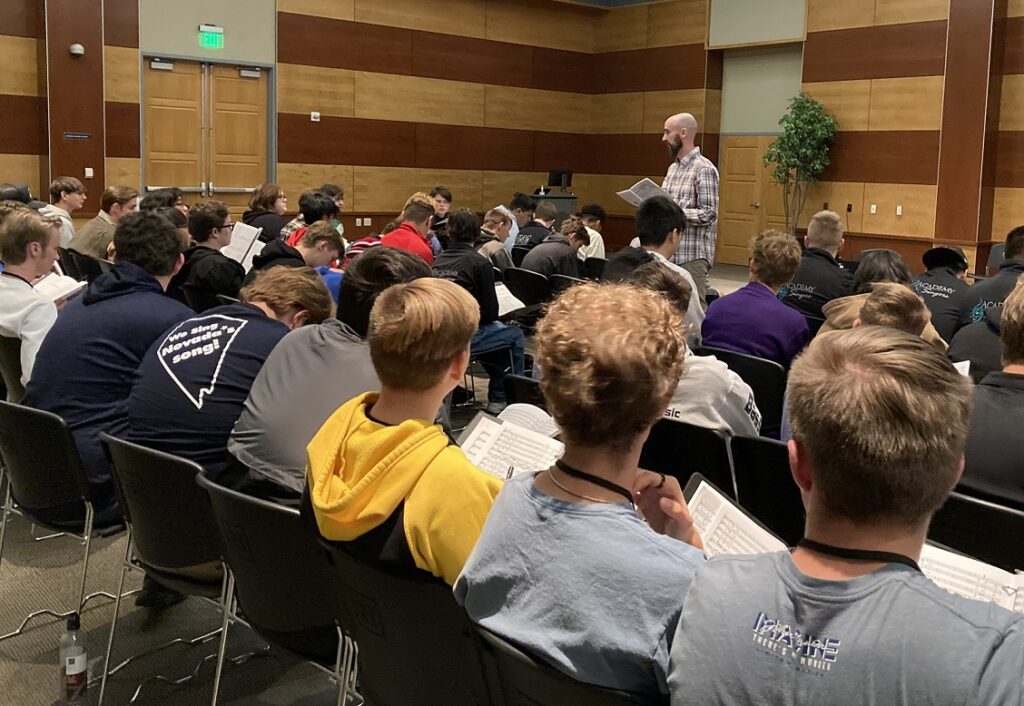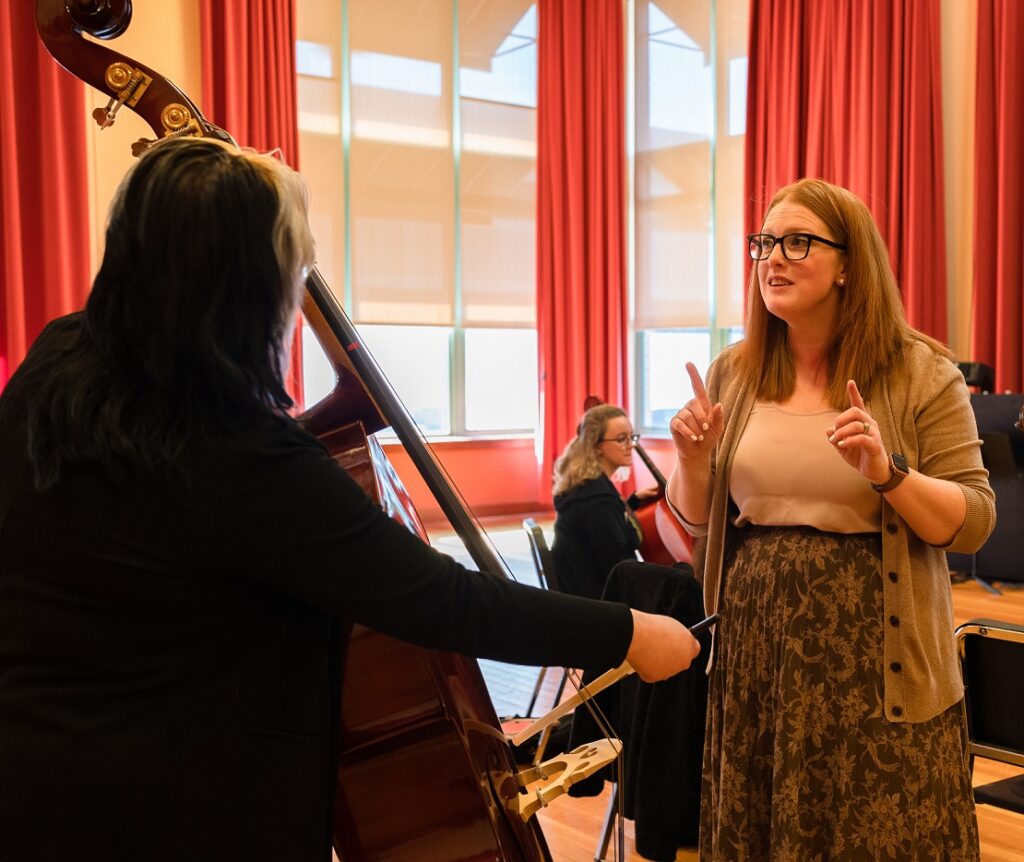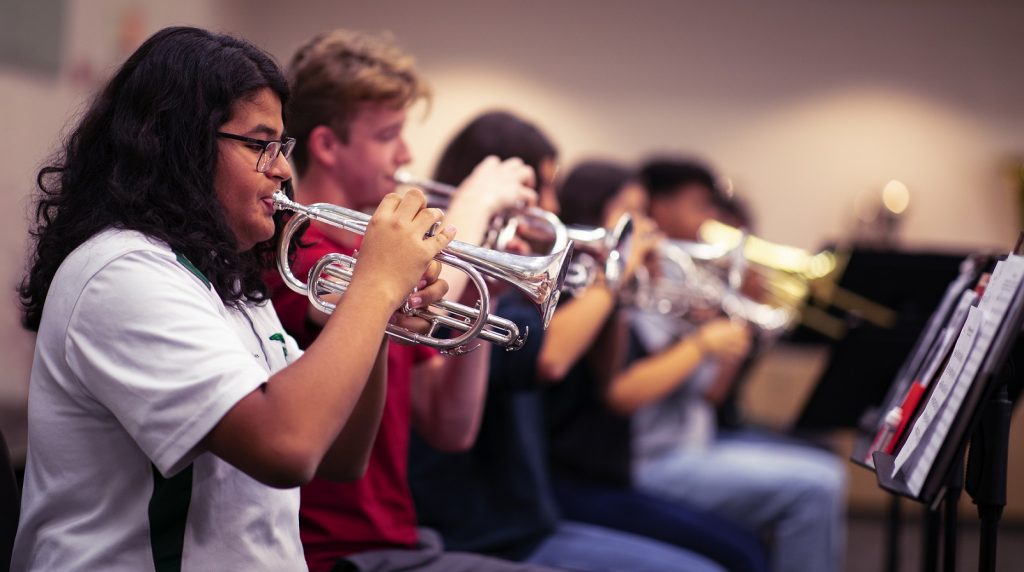Tagged Under:
Be an Effective Teacher-Leader
Be an agent of change, advocate for the true purpose of education, take initiative to solve problems and share your experiences with other educators.
Teacher leadership stems from an unending love for teaching and learning that spills over and influences other colleagues to become more reflective and deliberate in their pursuit of excellence within the classroom. This contagious attitude can spread like wildfire throughout an institution and create an incredible culture of change. Recognizing your ability to become an agent of change is the start of becoming an effective teacher-leader.
“If we don’t see ourselves in this role, we leave the door open for others outside the profession to tell our stories and determine the successes (and shortcomings) of our schools,” writes Jessica Cuthbertson in the article, “How to Become a Teacher Advocate.” The “teacherpreneur” who teaches 8th-grade literacy and facilitates a learning lab classroom at Vista PEAK Exploratory in Colorado, also said that “passionate educators presevere.”
Teacher-leaders must see the bigger picture, advocate for the true purpose of education, ask lots of questions, take initiative to solve problems and, most importantly, share our experiences with other educators to develop deep, meaningful relationships with our colleagues.
THE YAMAHA EDUCATOR NEWSLETTER: Join to receive a round-up of our latest articles and programs!
The Virtue of Hope
 Understanding various leadership models and theories can help a teacher-leader be better equipped to explore leadership opportunities within their schools as well as serve the greater community. Considering the attributes of an ideal leader, characteristics of traditional managerial theories are often superseded by human goodness virtues such as hope and trust.
Understanding various leadership models and theories can help a teacher-leader be better equipped to explore leadership opportunities within their schools as well as serve the greater community. Considering the attributes of an ideal leader, characteristics of traditional managerial theories are often superseded by human goodness virtues such as hope and trust.
In “The Virtues of Leadership,” Thomas J. Sergiovanni from Trinity University in San Antonio, Texas, writes, “Perhaps the most important, yet most neglected leadership virtue is hope…”
Hope takes purposeful action, yet it can evoke undeniably positive change for any organization. As an emerging teacher-leader, consider implementing frameworks and norm systems that help others sort out how they fit into your program or organization’s culture, mission and vision. Inspiring a sense of hope not only helps members make meaning of their participation in the organization but it can inspire innovation while leveraging relationships.
Let it be noted that hope is not wishful thinking. Rather, hopeful leaders are firmly based in reality whereas wishful leaders take no deliberate action to make wishes come to fruition. For this reason, hope should be a fundamental virtue at the core of every leadership initiative and decision because hope has an activating effect as it mobilizes leaders to take actionable steps to turn their hopefulness into reality.
Lead from Everywhere
Leadership does not mean leaving the classroom. I remain energized by the belief that teacher-leaders can positively affect student learning not only in their classrooms but throughout their schools and the music education profession as a whole.
 Successful teacher-leaders explore strategies and model continuous learning, reflective practices and promote higher levels of collaboration among colleagues. They work to consistently align instructional practices with school goals, mission and vision. They accomplish this by circling back to hope, which is the necessary access point that helps us find pathways to achieve goals and navigate around obstacles.
Successful teacher-leaders explore strategies and model continuous learning, reflective practices and promote higher levels of collaboration among colleagues. They work to consistently align instructional practices with school goals, mission and vision. They accomplish this by circling back to hope, which is the necessary access point that helps us find pathways to achieve goals and navigate around obstacles.
Leadership initiatives are attainable with perseverance, patience and unity. Becoming a teacher-leader requires active listening with team members to build lasting, meaningful relationships that can “have resilience in times of crisis [and] resourcefulness in times of need,” writes Parker J. Palmer, the founder of the Center for Courage & Renewal, in “On the Edge” about having the courage to lead with soul.
Colleagues are Valuable Assets
Recognizing our colleagues as valuable assets and incredible resources can be a catalyst for real and lasting change that only further flourishes when teachers work in tandem, according to Daniel Baron in “Critical Friendship: Leading from the Inside Out.” Take time to foster interaction with your peers, even beyond the fine arts team, to engage in intentional conversation that not only develops excellent instructional practices but sustains a commitment to learning and the music education profession.
Colleagues are indispensable! Establishing a group of peers to gather and reflect upon instructional practices can be the most beneficial, inexpensive and valuable professional learning that teachers can experience.
Be an active participant in your learning attainment. Professional learning is far more than conferences and after-school workshops. Disciplined organizations and programs reflect disciplined leaders who have honed their abilities to lead with consistency and in principled ways, writes Sergiovanni.
Build synergy within your program and team by empowering others and upholding expectations that advance the mission and vision of your organization. Colleagues can offer an immeasurable amount of expertise, inspiration and wisdom through formal professional learning or simply over a cup of coffee while on morning duty. These friendships can encourage reflection and inquiry to improve program performance and classroom instruction while also providing accountability for continual growth, writes Sheena Hervey of Generation Ready, an organization that supports digital teaching and learning.
Keep Your Eyes on the Prize
 There is a great responsibility that comes with leadership including the continual pursuit of enlightenment, seeing the bigger picture and rising above the hard and long days because your eyes are on the greater prize. I encourage you to continue expanding your knowledge base and forging collegial relationships to become the most effective teacher-leader and educator possible.
There is a great responsibility that comes with leadership including the continual pursuit of enlightenment, seeing the bigger picture and rising above the hard and long days because your eyes are on the greater prize. I encourage you to continue expanding your knowledge base and forging collegial relationships to become the most effective teacher-leader and educator possible.
Teachers are in the best position to make not only the most influential decisions but the most critical decisions to take instructional risks and improve their craft while closing the learning gap for students, writes Victoria Boyd-Dimock and Kathleen M. McGee in “Leading Change From the Classroom.”
Most teachers are driven by the fact that they want to be of service to others and make a difference in the lives of their students. With this in mind, teacher-leaders can serve as research colleagues, mentors and instructional coaches to positively change student attainment and advance the music education profession. By honing skills and building confidence in their craft, teacher-leaders will pass along learning initiatives to others, including colleagues and students, while being the most valuable asset for professional learning, teacher morale and optimal student achievement.
References
- Baron, D. (2007). Critical Friendship: Leading from the Inside Out. Principal Leadership, 7(9), 56-58.
- Boyd-Dimock, V. & McGree, K. (1995). Leading Change From the Classroom: Teacher as leaders.
- Cuthbertson, J. (2014). How to Become a Teacher Advocate. Education Week Teacher.
- Hervey, S. (2018, November 15). Raising Student Achievement through Professional Development.
- Palmer, P. J. (2008). On the Edge. Journal of Staff Development, 29(2), 12-16.
- Sergiovanni, T. J. (2005). The Virtues of Leadership. The Educational Forum, 69, 112-123.
















